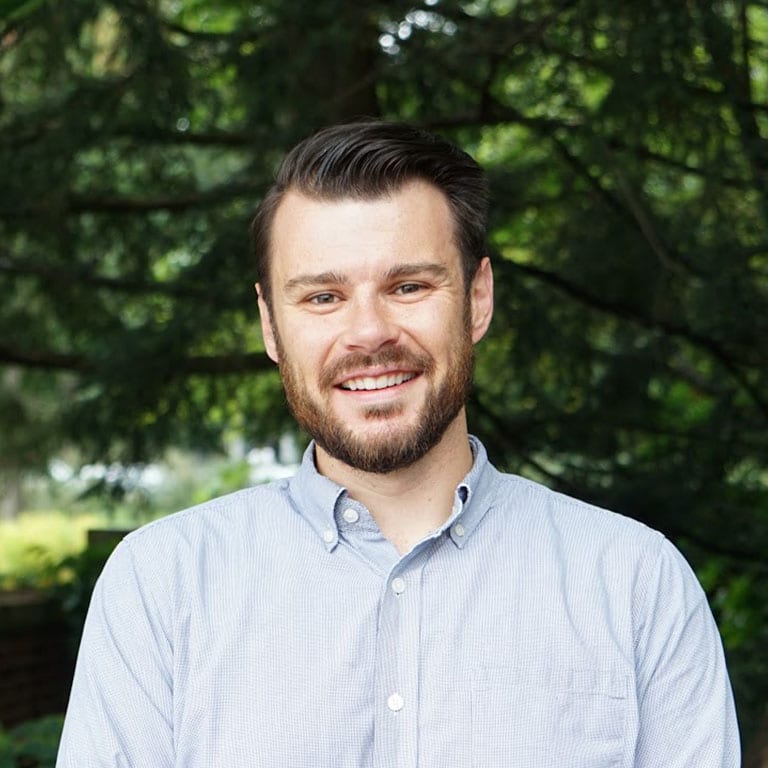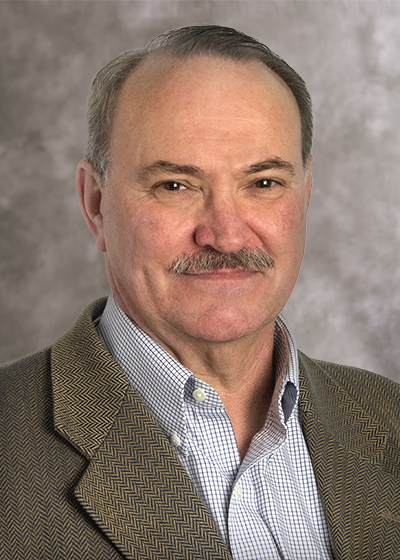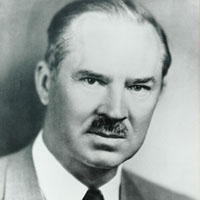 Keynote Speaker
Keynote Speaker
Cato T. Laurencin, M.D., Ph.D.
University Professor, Albert and Wilda Van Dusen Distinguished Professor of Orthopaedic Surgery, Professor of Chemical, Materials and Biomedical Engineering, Director, The Raymond and Beverly Sackler Center for Biomedical, Biological, Physical and Engineering Sciences Director, Institute for Regenerative Engineering Chief Executive Officer, Connecticut Institute for Clinical and Translational Science, University of Connecticut
“Regenerative Engineering: The Future of Tissue Regeneration”
Regenerative engineering is defined as a convergence of advanced materials science, stem cell science, physics, developmental biology, and clinical translation. Dr. Laurencin focuses on musculoskeletal tissue regeneration involving a transdisciplinary approach. Polymeric nanofiber systems create the prospect for biomimetics that recapitulate connective tissue ultrastructure allowing for the design of biomechanically functional matrices, or next generation matrices that create a niche for stem cell activity. Polymer and polymer-ceramic systems can be utilized for the regeneration of bone. Hybrid matrices possessing micro and nano architecture can create advantageous systems for regeneration, while the use of classic principles of materials science and engineering can lead to the development of three-dimensional systems suitable for functional regeneration of tissues of the knee. Engineered systems for soft tissues take advantage of architectural, biomechanical and biochemical cues. Principles found in embryological development and in developmental morphogenesis will ultimately be critical for addressing grand challenges in regeneration. Drug delivery approaches utilize conventional and unconventional concepts. Through convergence of a number of technologies, the approach to regeneration is done in a more holistic way.






